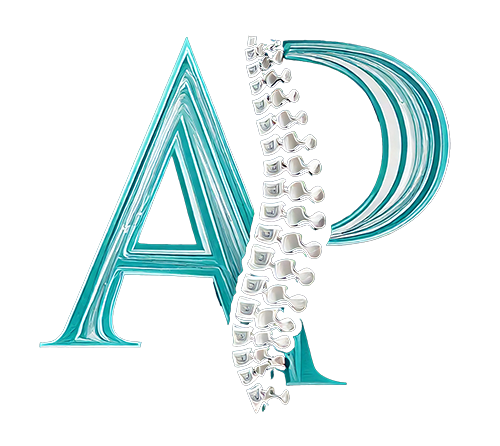Issues with a disc in the spine can be an immediate concern for a lot of people. The good news is that disc problems are common, and very often, totally asymptomatic.
What is a Disc?
Between every bone in the spine (vertebra) there is a disc. It has a fibrous outer layer and soft inner, making it both strong and mobile. It’s very (very) tightly welded to the bones above and below it, so the idea of “slipped discs” is a real misnomer. In a condition called spondylolisthesis, where a vertebra slips forwards or backwards, it’s actually the disc that keeps it attached to its neighbouring bone. A “bulging disc” makes more sense, as the soft nucleus pushes against a potentially weakened spot in the outer layer, causing a bulge. The bulge is too deep in the spine to be felt from the outside, but we can give you a diagnosis based on your history and the way your body moves. In some cases, the inner nucleus breaks out of the fibrous outer layer in a disc herniation. But the body is good at cleaning these kinds of things up, and you won’t be stuck with a leaky disc forever. Your osteopath can help support you with pain management and the movement you need to encourage healing.
Discs don’t really bulge forward or laterally (out to the side). There’s a strong ligament running along the front of the spine that limits any bulging there. Bulges are more likely to go posteriorly (backwards) or posteriolaterally (to the back/side). One study suggests that by the age of 40, 50% of the general population have at least one bulging disc. 50% of 40 year olds don’t have discogenic back pain though, so do be aware that what you see on an MRI might not be reflective of your pain. This is one of the reasons why the NHS does not routinely recommend imaging: it could be actively unhelpful, not just an expensive trip to hospital.
Degenerative Disc Disease
Over time, the discs can degenerate. Typically this involves:
- dehydration in the centre
- loss of height
- weakening of the outer layer
Although degeneration typically heads in one direction and doesn’t reverse, the symptoms often change over time. Bulging discs can reabsorb, and indeed as the nucleus dehydrates, it is less mobile and thus less prone to bulging. Rather than expecting more problems as you age, maybe anticipate waxing and waning issues throughout different periods of your life.
One side effect of reducing disc height is that the joints of the spine become closer together. This can cause friction and pain, especially if arthritis is involved. Although some disc height loss is inevitable, keeping your water intake up and keeping moving will keep your discs as happy as you can.
Sciatica
Whenever we talk about a bulging disc, people understandably worry about sciatica. Fortunately, the presence of one does not necessarily mean the other is involved too. Sciatica can be caused by other structures, even muscle, which is relatively easy to manage. And if a disc bulge is small enough or pointing away from the nerve, it won’t cause that irritation.
Do be aware of red flags for lower back pain, although the vast majority of lower back pain is simple, it can be a medical emergency if you experience changes in bladder or bowel function or sensation around the groin area. If in doubt, call 111 before making your appointment.
Click here to make an appointment for your back pain in Leicestershire or Rutland


